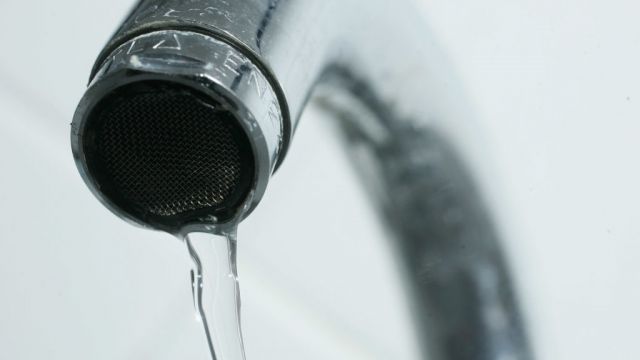More than half a million people are now using “at-risk” water supplies, according to a report by the Environmental Protection Agency (EPA).
The annual EPA report on drinking water showed there were 561,000 people in the State using "at risk" water supplies in 2023, an increase from 481,000 in 2022.
One in 20 supplies failed to meet the trihalomethanes (THMs) and the parasite cryptosporidium standard in 2023, affecting 300,000 people, up from 235,000 in 2022.
Pesticides were detected in 23 water supplies in 2023, an increase from 17 supplies in 2022.
The EPA said the increased levels of THM in the water supply system is the heavier rainfall events experienced in the last four years associated with climate change.
In 2023, boil water notices impacted 254,000 people. Half of the notices were in place for more than 30 days, nearly double the number from 2022, while 10 were in place for more than one year.
Thirty-two boil water notices were in place due to disinfection issues, affecting almost 29,000 people – similar to that seen in
2022.
The EPA said it is particularly concerned that half of the boil water notices were in place for more than 30 days.
This means they were classed as long-term notices requiring investment in infrastructure to address.
Overall, the EPA has said the quality of drinking water in Ireland is very high.
Over 99.7 per cent of samples passed strict bacterial and chemical limits, meaning it is very safe to drink.
EPA Programme manager Noel Byrne said: "Unfortunately, on the evidence we're seeing this year the overall number of supplies on the Remedial Action list hasn't changed.
"The population has gone up and we see the number of long-term boil water notices have almost doubled since 2022. We are not seeing the level of improvement that we want to see. That's why we were calling on Uisce Éireann to address the resilience issues and supplies."







